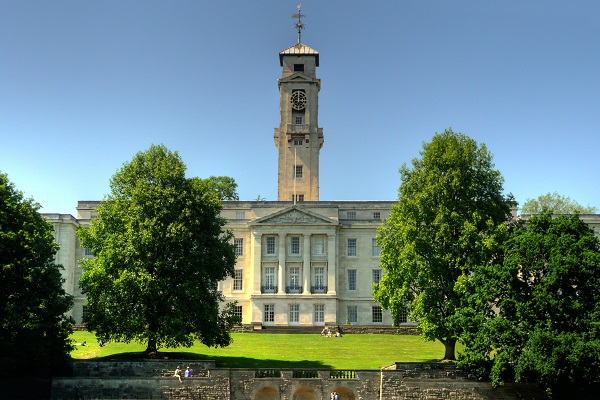University Of Nottingham Scientists Analyse That Mystery Portrait Is Likely To Be Raphael Masterpiece
New facial recognition technology has found that a painting by an unknown artist, which has been subjected to numerous examinations and historical research for more than 40 years, is highly likely to be a Raphael masterpiece.
A research team from the University of Nottingham and University of Bradford, used new facial recognition technology to examine the de Brécy Tondo painting. They compared the faces in the artwork to those in Raphael’s Sistine Madonna altarpiece and found that they were identical. This means that the two paintings are highly likely to have been created by the same artist.
The artificial intelligence facial recognition system was developed by Hassan Ugail, Professor of Visual Computing at the University of Bradford. It uses what’s known as a deep neural network (DNN) to pass data through multiple filters. DNNs can identify patterns in images and video with far greater accuracy than the human eye.
Dr Christopher Brooke, Honorary Research Fellow at the University of Nottingham, is an expert in digital image analysis and co-authored the research paper.
This study demonstrates the capabilities of machine learning to give a probability of the same artist between different ‘Old Master’ paintings. In this case study, direct facial comparison comes out at a match of 97% – a very high statistical probability that the artworks are by identical creators.
Dr Christopher Brooke, Honorary Research Fellow
Dr Brooke adds: “Further confirmation comes from analysis of the pigments employed in the Tondo, using Scanning Electron Microscopy and Raman spectroscopy, which have demonstrated that the painting’s characteristics are considered to be typical of Renaissance practice and therefore highly unlikely to be a later copy. This is an exciting piece of work that promises much for the future examination of works of art.”
The similarity between the Madonnas in the two paintings was found to be 97 per cent, while comparison of the Child in both works produced an 86 per cent similarity. A similarity above 75 per cent is considered identical.
Ahead of the publication of a peer-reviewed paper on the research, Professor Ugail said: “Looking at the faces with the human eye shows an obvious similarity, but the computer can see far more deeply than we can, in thousands of dimensions, to pixel-level. Based on the high evaluation of this analysis, together with previous research, my fellow co-authors and I have concluded identical models were used for both paintings and they are undoubtedly by the same artist.”
The research adds further weight to previous work by Howell Edwards, Emeritus Professor of Molecular Spectroscopy at the University of Bradford, who found that pigments contained in the Tondo were consistent with early, pre-1700 Renaissance work.
Professor Howell Edwards, an honorary scientific adviser to the de Brécy Trust, said: “Our earlier Raman spectroscopic analyses of the pigments which placed the Tondo painting firmly in the 16th – 17th Century and dispelled the idea that it was a Victorian copy have been further vindicated by the facial recognition analysis of the Madonna and Child subjects and their very close similarity to those of Raphael’s Sistine Madonna.”
The Trust is absolutely delighted that this new scientific evidence confirms the Raphael attribution of the Tondo, following Raman spectroscopy analysis of its pigments by Professor Howell Edwards confirming its dating to the Renaissance period. It illustrates very forcibly the increasing value of scientific evidence in the attribution of a painting.
Timothy Benoy, Honorary Secretary, the de Brécy Trust
The Tondo was bought in 1981 by Cheshire businessman George Lester Winward, who built up a collection of art spanning from the sixteenth to the nineteenth century. In 1995, two years before he died, Winward set up the de Brécy Trust Collection, named after his French ancestors, in order to preserve his collection of paintings and drawings and make them available to art scholars for study.
The academic paper, Deep Facial Features for Analysing Artistic Depictions, authored by Dr Christopher Brooke, Professor Hassan Ugail, Professor Howell Edwards and Timothy Benoy, was presented at the International Conference SKIMA2022, at Cambodia University of Technology and Science, in Phnom Penh. It is due to be published later this month.

